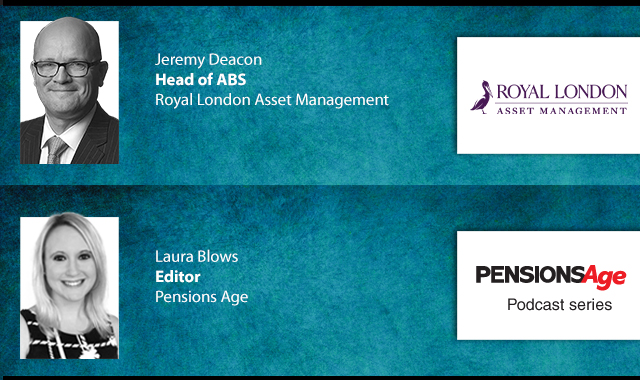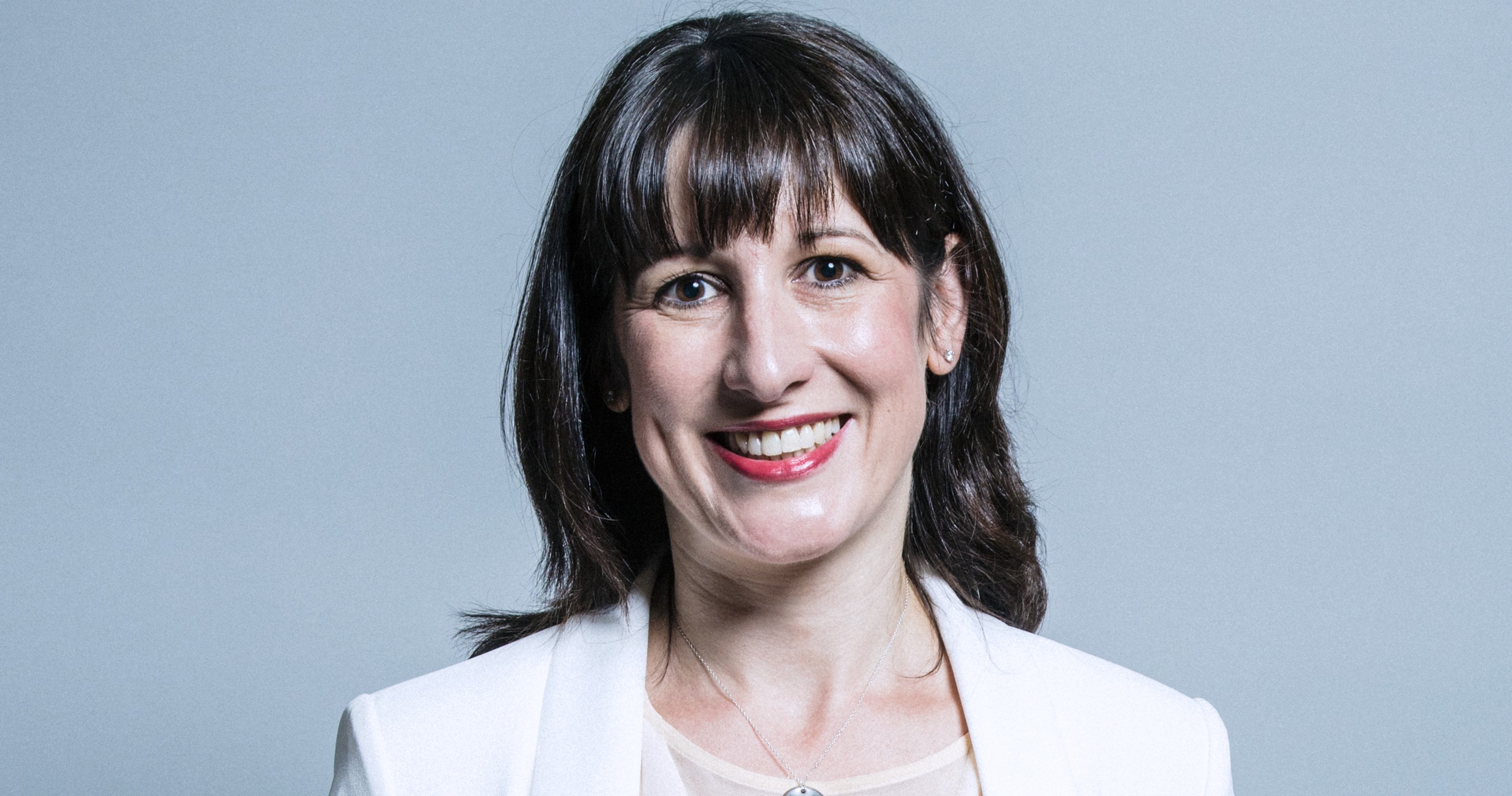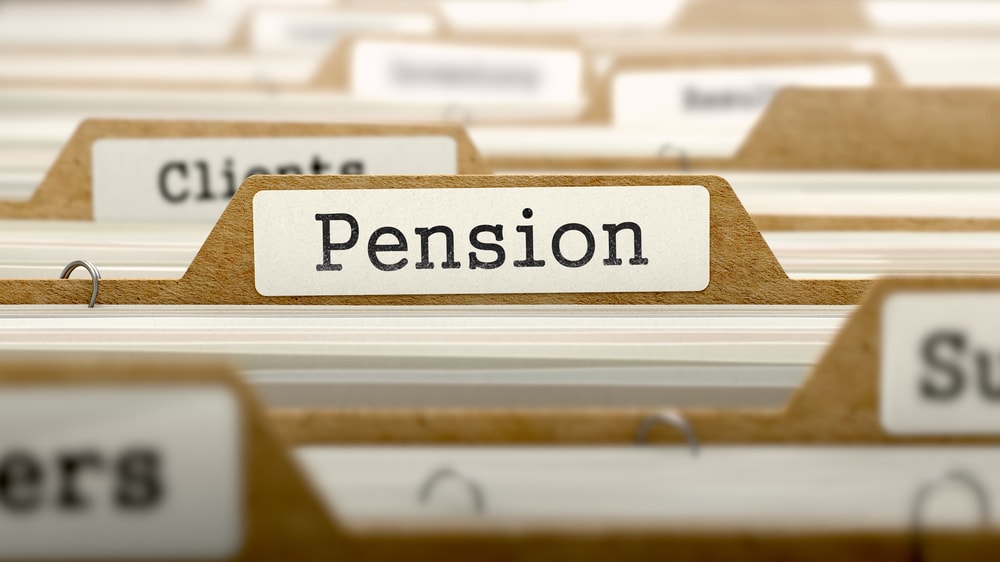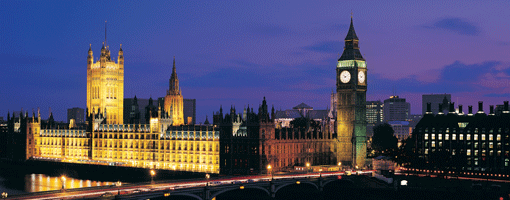Prices rose by more than expected to 3.6 per cent in the year to June, the fastest rate of inflation since January 2024, according to the Office for National Statistics (ONS).
The latest figures indicate a rise from the 3.4 per cent rate in May, which it said was driven by higher prices for food and clothing, as well as air and rail fares, and a lower decline in fuel prices compared to this time last year.
My Pension Expert policy director, Lily Megson, described the rise as a "sharp reminder" of the fragile economic environment for pension savers.
"Even small increases chip away at consumer confidence, adding pressure to decisions over how much people can put away in pension savings," she warned.
"Despite inflation easing from last year's highs, many are still navigating squeezed budgets and rising living costs.
"The fear of outliving retirement savings remains front and centre, making it harder for individuals to focus on long-term planning," added Megson.
Echoing this, Royal London consumer finance expert, Sarah Pennells, called the latest figures "a disappointment" for households already under strain.
Many are paying higher bills after 'awful April', when inflation stood at 3.5 per cent," she explained.
"Our latest Financial Resilience Report shows one in five people have less than £100 in cash savings, with nearly the same number again either overdrawn or with no money left at the end of the month."
Meanwhile, the inflation rise complicates the outlook for interest rates.
The Bank of England's (DoE) decision last month to maintain the base rate of 4.25 per cent was expected to bring “welcome stability” to those planning for retirement, supporting annuity rates and competitive savings products.
Yet, Standard Life retail direct managing director, Dean Butler, said the latest figures would be "unwelcome news" for the BoE, which is attempting to strike a "delicate balance" between controlling inflation and supporting growth, especially after May's surprise GDP contraction.
"With expectations of a further inflation spike this autumn, the Bank is likely to remain cautious about cutting rates," Butler said.
"If the Monetary Policy Committee does decide to act, movements are likely to be incremental for the rest of this year. However, with a weakening labour market, we could see a shift in pace if employment data deteriorates further."
Butler also pointed out a mixed picture for consumers.
"Higher-for-longer rates mean continued pressure on borrowers, particularly mortgage holders, but savers may still benefit from competitive returns – some easy-access accounts are offering between 4 per cent and 5 per cent.
"Still, with inflation eroding real returns, individuals willing to accept some investment risk may want to consider tax-efficient options like stocks and shares ISAs or pensions for potentially inflation-beating growth," he added.
Quilter investment strategist, Lindsay James, agreed that continued inflation pressures were likely to restrict the BoE's ability to ease rates in the near term.
"That said, with the labour market slowing and economic growth proving elusive, the Bank may have no choice but to bite the bullet and cut rates sooner rather than later," she suggested.
However, others urged caution in interpreting the latest data.
State Street Markets head of macro strategy, Michael Metcalfe, noted that online prices had already suggested a firmer inflation print for June, but early July data indicated inflationary pressures may be starting to ease.
"This warns against reading too much into recent summer strength," he said.
And, despite the uncertainty, long-term inflation expectations remain relatively anchored, said XPS Group chief investment officer, Simeon Willis.
"Expectations have picked up modestly since early July, but they're still at the lower end of the range seen over the past three years – albeit well above the BoE's 2 per cent target.
"That's a manageable situation for pension schemes and their members, but one that still requires close monitoring," he added.
Latest News
-
Minimal changes expected to AS TM1; final UK Stewardship Code guidance shared
-
Low earners face 'double-edged' pension challenge
-
LGPS Central AUM to top £100m as six funds confirm plans to join
-
Blog: Delivering a pension treat, not trick
-
FCA review highlights need for effective management in push for consolidation
-
This week in pensions: 27-31 October 2025
Private markets – a growing presence within UK DC
Laura Blows discusses the role of private market investment within DC schemes with Aviva Director of Investments, Maiyuresh Rajah
The DB pension landscape
Pensions Age speaks to BlackRock managing director and head of its DB relationship management team, Andrew Reid, about the DB pensions landscape
Podcast: Who matters most in pensions?

In the latest Pensions Age podcast, Francesca Fabrizi speaks to Capita Pension Solutions global practice leader & chief revenue officer, Stuart Heatley, about who matters most in pensions and how to best meet their needs
Podcast: A look at asset-backed securities

Royal London Asset Management head of ABS, Jeremy Deacon, chats about asset-backed securities (ABS) in our latest Pensions Age podcast
© 2019 Perspective Publishing Privacy & Cookies










Recent Stories